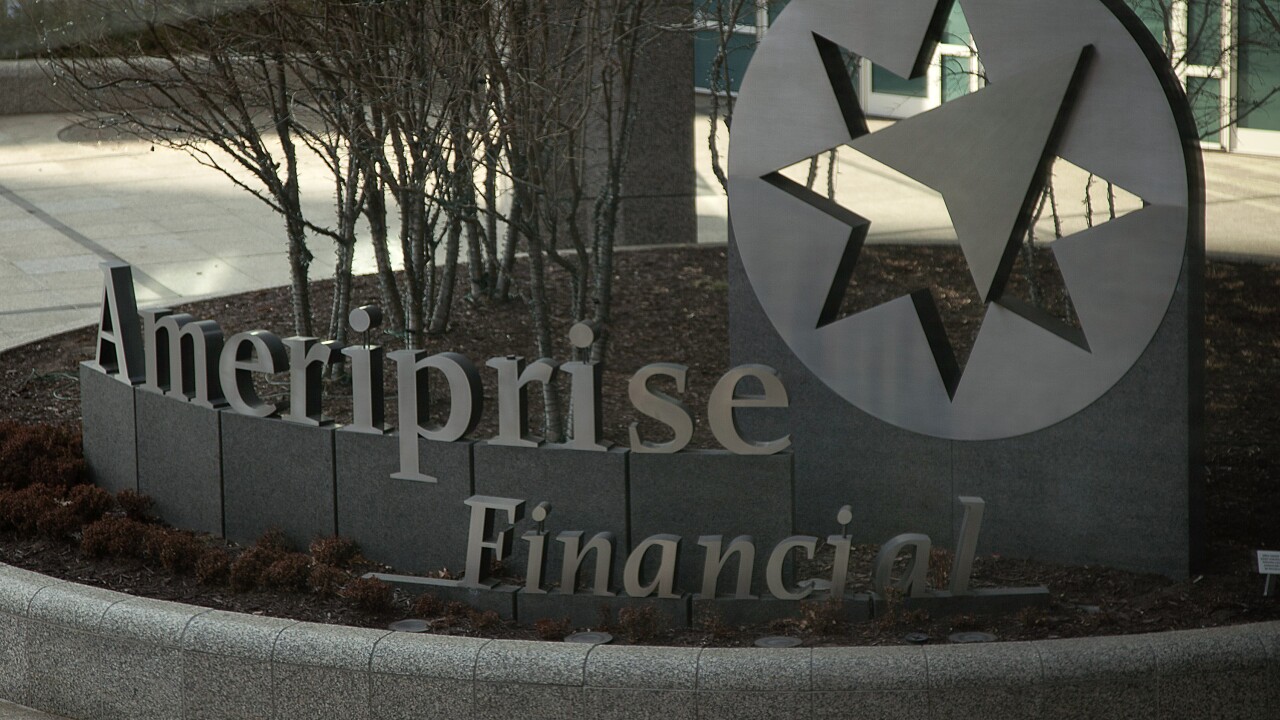Despite criticisms that they sometimes don't distribute contributions in a meaningful way, donor-advised funds have risen in popularity and are now regarded by many advisors as the vehicle of choice for charitable giving.
DAFs granted a record $9.66 billion to charities worldwide in 2013. That's a 12.6% increase over 2012, according to the 2014 Donor-Advised Fund Report by the National Philanthropic Trust, the largest independent DAF sponsor. Total DAF charitable assets grew nearly 20% over the year, to $53.74 billion.
Part of the popularity of donor-advised funds no doubt comes from their appeal to donors at all levels of wealth -- from the $10,000 donor to Facebook founder Mark Zuckerberg, who donated $1 billion in Facebook stock to the Silicon Valley Community Foundation in 2013. In 2014, Zuckerberg donated $25 million from the foundation to fight Ebola.
Wealth manager Rick Brooks also counts himself among the fans of the funds. Three of his wealthy clients use them extensively for their charitable giving, he says. Two have donated substantial sums to the San Diego Foundation, while a third uses the Jewish Community Foundation in San Diego, says Brooks, a CFP and partner with Blankinship & Foster in Solana Beach, Calif.
"None of these clients donate to their DAFs exclusively," says Brooks, "but the DAF is the central pillar of their philanthropy."
FAST GROWTH
For several years, says the report, DAFs have collected more assets and grown more quickly than private foundations and other gift-giving vehicles combined. The National Philanthropic Trust also reported a rise in illiquid asset donations, and expects this trend to continue.
Other key findings of the report:
- Contributions to DAFs totaled a record $17.28 billion, a 23.5% increase.
- There are a total of 217,367 DAF accounts in the U.S., and one out of every three DAFs has been created in the last seven years. Over seven years, DAFs have grown 34%.
- The average DAF account size reached a record $247,217, a 13.4% increase.
Among reasons for DAFs' ascendancy are their considerable tax advantages and ease of use, according to philanthropic experts. Most DAFs can accept cash as well as appreciated securities and property. "DAFs offer maximum charitable tax deductions, provide flexibility to donors, and allow them to create a lasting giving legacy," says Eileen Heisman, president and CEO of National Philanthropic Trust and author of the DAF report.
Donor-advised funds are also easy for advisors to understand and monitor, Heisman says. "Talking about charitable giving can help financial advisors and other advisors deepen their client relationships, because it's so personal and can connect to the next generation."
Another plus, says Ken Nopar, a Chicago-based consultant to the wealthy and an expert on DAFs, is that many DAFs allow advisors to manage clients' assets at various minimum levels.
That's what sold Ann Garcia, a CFP at Beacon Rock Partners in Portland, Ore., on DAFs. "One thing we like about DAFs is the ability to manage [clients' assets] when you get a tax deduction," says Garcia. "They're great for people approaching retirement, because they enable those clients to get a tax deduction in a higher bracket."
Paul Winter, a CFP and president of Five Seasons Financial Planning in Salt Lake City, Utah, also likes DAFs' tax benefits. One client donated appreciated mutual funds to the American Endowment Foundation years ago. Says Winter: "It's worked out very well--he got the immediate tax break when he was in a higher tax bracket, avoided the related capital gains taxes, and the account’s bigger now than it was at inception."
Bruce W. Fraser, a New York financial writer, is a contributor to Financial Planning.





